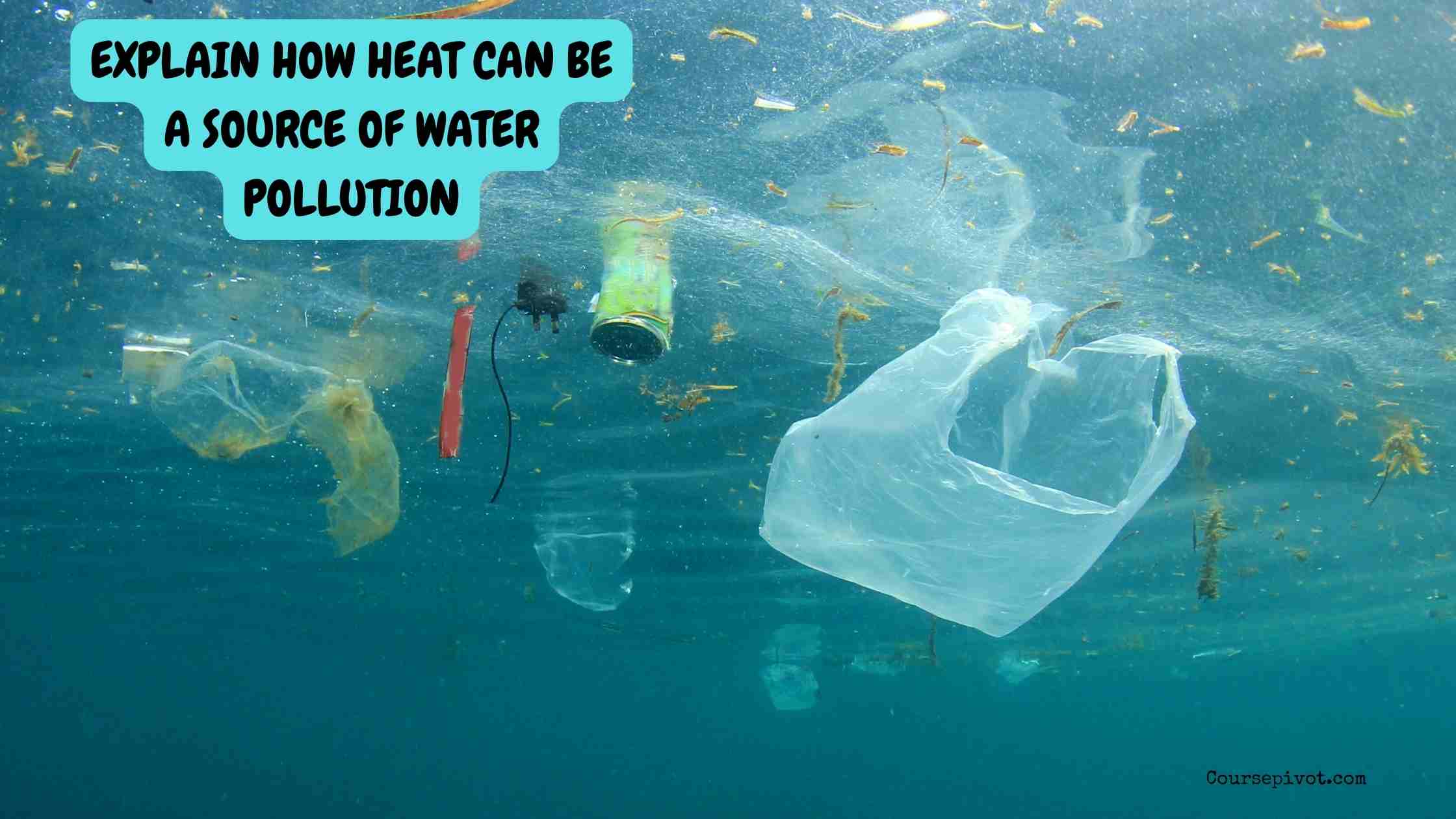
How Heat Can Be a Source of Water Pollution
Heat, often overlooked as a pollutant, can significantly harm aquatic ecosystems when introduced into water bodies. I’ve been struck by how industries and urban activities raise water temperatures, disrupting delicate natural balances. Understanding how heat can be a source of water pollution is key to protecting our rivers, lakes, and oceans. In this article, I’ll explain five key ways heat pollutes water, drawing from my research and environmental insights as of May 2025. These mechanisms highlight the impact of thermal pollution. Let’s dive into why heat is a water pollutant and its consequences.
Table of Contents
Ever wondered how warm water can harm rivers and lakes? Heat isn’t just about comfort—it’s a silent threat to aquatic life. Ready to explore five ways heat pollutes water?
Thermal pollution is a hidden danger. I’ve seen how even small temperature changes ripple through ecosystems. Let’s uncover how heat affects water quality.
1. Reduced Oxygen Levels
Heat raises water temperatures, decreasing its ability to hold dissolved oxygen, which aquatic life depends on. This is a primary way heat pollutes water. I’ve read how fish struggle in warmer, oxygen-poor waters.
- Mechanism. Warm water holds less oxygen; at 30°C, oxygen solubility drops by 20% compared to 20°C, per EPA data.
- Impact. Fish and aquatic organisms suffocate, with mass die-offs reported in 2023 heatwaves.
- Sources. Power plants and factories discharge heated water, raising river temperatures by 5–10°C.
Why it matters? Low oxygen starves ecosystems, collapsing food chains.
Read our blog on Define and Describe the Different Types of Risk Factors
2. Disruption of Aquatic Ecosystems
Elevated temperatures alter habitats, stressing or killing temperature-sensitive species. This effect of thermal pollution reshapes biodiversity. I’ve seen reports of coral bleaching linked to warm water discharges.
- Examples. Trout, needing cold water, decline in rivers above 21°C; coral reefs bleach at 1–2°C above normal.
- Consequences. Native species vanish, and invasive species thrive, with 15% of U.S. waterways affected in 2024.
- Sources. Urban runoff from hot pavement and industrial cooling processes.
Why it’s harmful? Ecosystem imbalances reduce biodiversity and resilience.
3. Increased Algal Blooms
Warmer water promotes excessive algae growth, which chokes waterways. This way heat contributes to pollution creates toxic conditions. I’ve noticed lakes turning green from heat-driven blooms.
- Process. Algae thrive above 25°C, consuming oxygen and releasing toxins, per NOAA studies.
- Impact. Blooms kill fish and harm humans, with 30% more U.S. blooms reported in 2024 summers.
- Triggers. Heated runoff from cities and agricultural waste amplify the issue.
Why it’s a problem? Algal blooms degrade water quality and safety.
4. Altered Reproductive Cycles
Heat disrupts breeding and migration patterns of aquatic species, threatening populations. This thermal pollution effect affects long-term survival. I’ve learned how salmon struggle in warmer rivers.
- Examples. Salmon spawn poorly above 16°C, reducing fry survival by 40%, per 2023 fisheries data.
- Consequences. Declining populations disrupt ecosystems and fishing industries.
- Sources. Power plants and deforestation, which remove shade from streams.
Why it matters? Disrupted reproduction endangers species and economic livelihoods.
5. Amplified Chemical Toxicity
Higher temperatures increase the toxicity of pollutants like heavy metals and pesticides in water. This way heat pollutes worsens existing contamination. I’ve been alarmed by how heat intensifies chemical dangers.
- Mechanism. At 30°C, mercury toxicity in fish rises by 25%, per EPA 2024 reports.
- Impact. Toxic water harms wildlife and humans, with 10% of U.S. rivers exceeding safe chemical levels in summer.
- Sources. Industrial discharges combine with heat to magnify effects.
Why it’s critical? Heat turns manageable pollutants into deadly threats.
Read our blog on How Human Impact on the Environment Can Be Positive or Negative
What’s Next for You
Grasping how heat can be a source of water pollution is like shining a spotlight on an underrecognized environmental threat. I’ve been struck by how these five ways—reduced oxygen, ecosystem disruption, algal blooms, altered reproduction, and amplified toxicity—show heat’s devastating impact on water bodies. With 40% of global waterways affected by thermal pollution in 2024, per UN data, action is urgent. Ignoring this risks collapsing aquatic ecosystems. Will you overlook heat’s role, or advocate for cleaner waters?
Here’s how to act:
- Learn more. Explore EPA or NOAA resources on thermal pollution.
- Support regulation. Advocate for stricter industrial discharge rules.
- Act locally. Plant trees to shade streams or reduce urban runoff.
Heat is more than warmth—it’s a pollutant. Why it matters is about saving our waters. Start today to protect aquatic life and ecosystems.
Cite this article
You can copy and paste your preferred citation format below.
Martin, L. & Arquette, E.. (2025, May 31). How Heat Can Be a Source of Water Pollution. Coursepivot.com. https://coursepivot.com/blog/how-heat-can-be-a-source-of-water-pollution/



